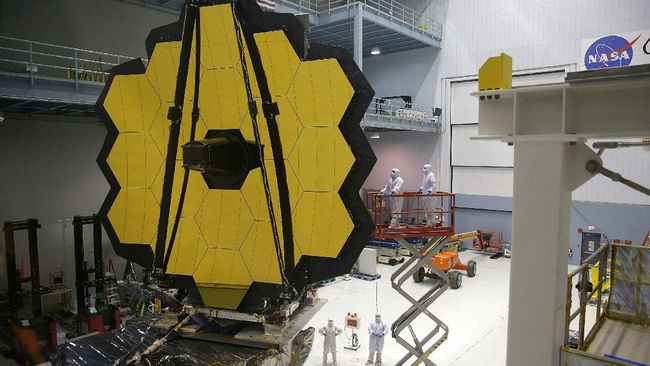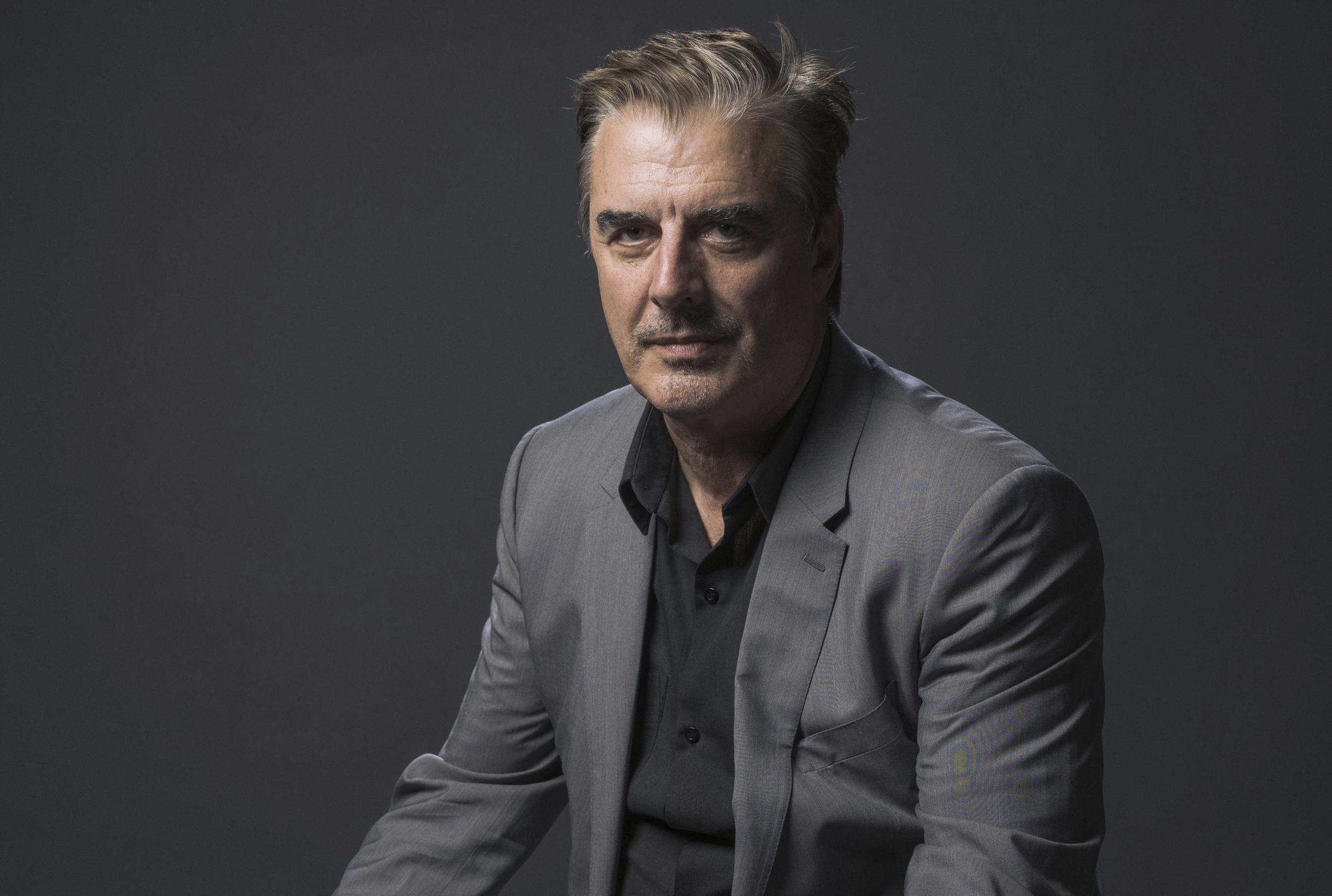Jakarta, CNN Indonesia —
Space Telescope James Webb scheduled to launch on December 25th. Currently, the $10 billion project is awaiting launch aboard a rocket in South America.
The giant James Webb Space Telescope is a long project in the world of international astronomy.
The presence of this telescope is said to be able to bring a deeper and deeper understanding of the universe through the observations of this telescope.
Obsolete Hubble Replacement
The Webb Telescope is said to be 100 times more powerful than its predecessor, the Hubble Space Telescope, which has been operating for more than 30 years.
Researchers are eager to see the universe with much larger telescopes, and in entirely new observations of light.
While Hubble observes the universe in mostly visible and ultraviolet light, Webb will scan in infrared light, which can pass through matter more easily.
The United States Aeronautics and Space Administration (NASA) demonstrated the difference between visible and infrared wavelengths using an image of a nebula located several thousand light-years from Earth.
In the Hubble image, the nebula, which is an interstellar cloud formation, looks beautiful but the image is blurry, most of the stars hidden behind the colorful dust.
Whereas in Webb’s simulated imagery it appears the dust is gone and countless stars shine like gems, as quoted from The Atlantic.
Hubble’s famous ‘deep field’ imagery is said to be capable of showing thousands of galaxies, and the image can fit on a standard sheet of paper.
While Webb is said to have a very broad image, and the image seems to need to be printed on a wallpaper. Images from Webb can show a million galaxies, including some ancient galaxies.
In addition to its abilities that promise many breakthroughs for the world of astronomy, the Webb Telescope has a number of interesting things that come with it.
Reported from France24, here are some interesting things about the James Webb Space Telescope:
Giant Golden Mirror
The center of the telescope is its enormous main mirror with a concave structure 21.5 feet (6.5 meters) wide and composed of 18 smaller hexagonal mirrors.
The mirrors are made of beryllium coated with gold, optimized to reflect infrared light from great distances.
The telescope also has four scientific instruments, which serve two main purposes: cosmic object imaging and spectroscopy (breaking light into separate wavelengths to study the physical and chemical properties of cosmic matter).
|
James Webb telescope gold mirror (Photo: AP/Chris Gunn)- – |
The mirrors and instruments are protected by a five-layer sun visor that is shaped like a kite and designed to span the size of a tennis court.
The membrane on the telescope is composed of kapton, a material known for its high heat resistance and stability under a wide temperature range.
The side facing the Sun will be as hot as 230 degrees Fahrenheit (110 degrees Celsius), while the other side will hit lows of -394 degrees Fahrenheit or -236 degrees Celsius.
Check out more facts on the next page..
James Webb’s Scientific Abilities and Missions
–
– .


